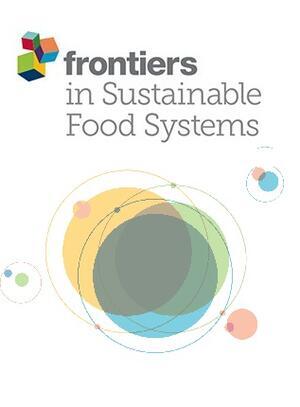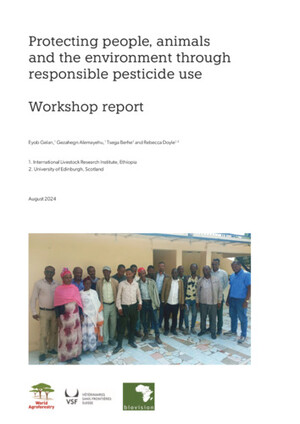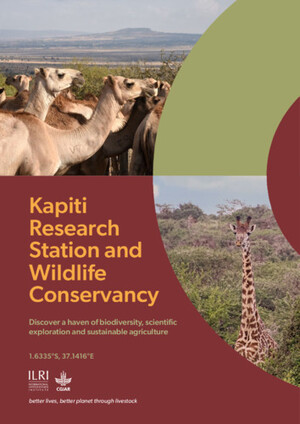
Benefits, limitations and sustainability of soil and water conservation structures in Omo-Gibe basin, Southwest Ethiopia
Abstract
Different types of soil and water conservation (SWC) structures were introduced to Ethiopia during the last four decades for abating water erosion and sustaining agricultural productivity. This study aimed to determine benefits, limitations and sustainability of SWC structures in the Toni and Bokole watersheds of the Omo Gibe basin. A household survey was conducted on a total of 201 households, which were selected by employing a multistage sampling procedure that covered six rural kebeles.1 Moreover, six focus group discussions were conducted. The results revealed that more than 80% of respondents in Bokole watershed and all respondents in Toni watershed experienced moderate to severe soil erosion. Farmers were selective in accepting and implementing SWC structures depending on the local land characteristics. Stone bunds were widely implemented in Bokole watershed where rock fragments are abundant and Fanya juuand soil bunds were widely practiced in Toni watershed where rock fragments are not available. Owing to labor intensiveness of the SWC structures, more than 82% of respondents in Bokole and 54% in Toni perceived that labor shortage was a challenge for construction and maintenance. More than 74% of the adopter farmers were also concerned about the loss of cultivable land due to the construction of SWC structures. Number of cattle owned (p < 0.05) and having administrative responsibility in the kebele (p < 0.1) significantly and negatively influenced construction of the SWC structures in Bokole watershed. Runoff overtopping, livestock trampling and cultivation practices were mentioned as the causes of damages for the SWC structures in both watersheds. In Bokole watershed, 92% of the respondents indicated that they repaired the broken SWC structures to sustain their benefits. But 62% of respondents in Toni watershed did not repair. The effort of repairing the SWC structures was significantly (p < 0.05) and negatively influenced by farmland area in Bokole watershed and by education level in Toni watershed. The respondents’ preferences of SWC structures, rate of adoption, willingness to repair and factors affecting adoption and repairing were slightly different in Bokole watershed when compared with Toni watershed. Thus, we concluded that effective implementation and sustainability of SWC structures should critically consider the land users’ socio-economic and environmental intricacy.
Citation
Wolka, K., Sterk, G., Biazin, B. and Negash, M. 2018. Benefits, limitations and sustainability of soil and water conservation structures in Omo-Gibe basin, Southwest Ethiopia. Land Use Policy 73:1-10.










